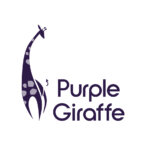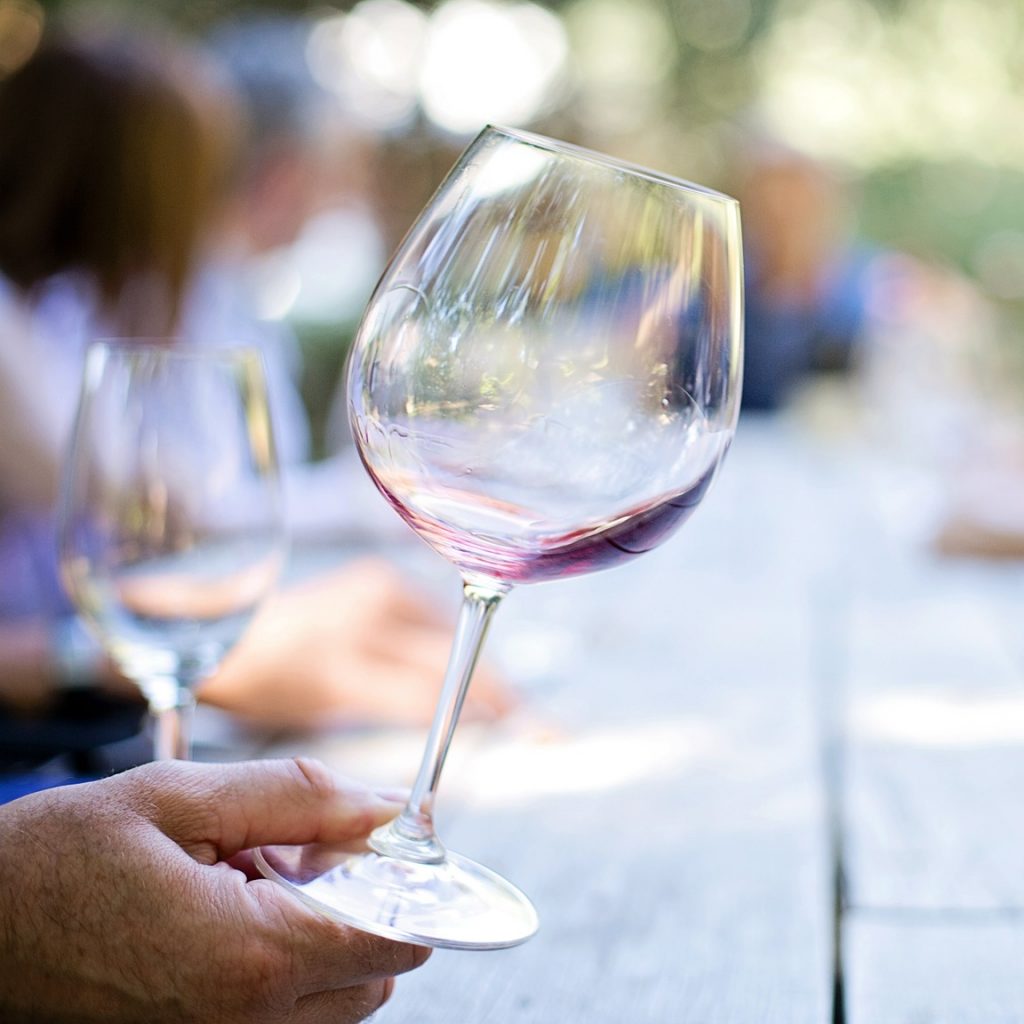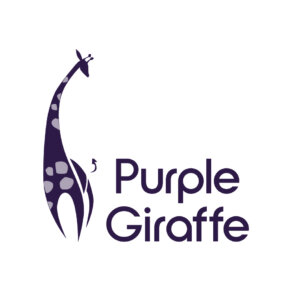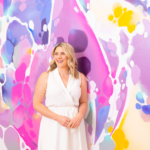In an increasingly competitive modern day wine world, wineries are always on the hunt to grow customer count and enhance brand loyalty. In order to achieve this, wineries need to consider the full customer experience and identify how the consumer takes the journey from discovery to purchase. Wineries must sell more than a bottle of wine. Wineries need to foster a two-way relationship with each and every one of their customers at every opportunity.
There are a multitude of reasons that drive an individual to buy wine, and in this rapidly changing and dynamic era of wine tourism, these driving factors are now motivated by much more than a smooth oaky taste or an established reputation.
With competition in the wine industry at an all-time high, wineries must endeavor to build a relatable touch point with their audience. Something that sets them apart from their (ever growing) competitors and that provides a unique and memorable experience for consumers, motivating them to come back to your brand.
One of the most authentic and effective ways a winery can cut through the noise to capture a customer’s heart along with their taste buds is through a cellar door experience that resonates with the drinker, and reflects the wine and its brand persona, providing an experience that the customer can enjoy, relate to, and remember.
Cellar Door Value and Experience Consumption
The typical Australian cellar door denotes the physical space between a winery and its visiting customers – however its main function should be to represent what the wine would look like, act like, and feel like if it wasn’t captured in a bottle. Enhancing the perception of the cellar door experience is important in forming customer-relationships and for amplifying the customer’s overall perceptions of the winery and its wine[1]. While it is clear that more research is needed to fully understand the complexity of this relationship, the use of a cellar door as a ‘value-add’ in order to get a step ahead of the competition is a tactic that has been used in the Australian wine industry for several years, and for a good reason.
Consumption and consumer experience in the modern western world focuses heavily on aspirational motivations, working towards making the consumer feel good, and goes much further that just providing the basic necessities. Studies in the early 2000’s[2] suggested that this ‘experience consumption’ should be based around the cognitive, affective, sensory and behavioural elements that are valued by consumers because internal emotions drive consumer loyalty and how they identify with the brand.
Wine, as a general consumer experience, and for the majority of its consumers, is mostly based on emotion. It represents an accessible experience to be enjoyed, often socially, in entertaining settings and both with and without other experiences – like food.
Therefore, within the definition above, the wine experience is broader than just the drinking of it as a product. A well-designed and authentic cellar door experience with personality is incredibly powerful in the building of a customer relationship, both at its beginning and then for the duration of the association.
Servicescapes and Perceived Worth
It has long been recognised that the consumer environment is vital to a consumer’s experience of the product and the brand. In fact, in 1973, a psychologist by the name of Kotler theorised that the environment a consumer is emerged in while buying a product can heavily enhance that consumer’s shopping experience. Later, this concept was coined as ‘servicescape’ and is now regularly used by marketers to construct a pleasurable consumer environment to facilitate not only the sale, but the lasting impression of a product, service and brand. This same theory and the ideas behind it can be directly applied to the cellar door experience and the sale and consumer perception of the winery and their wine through this physical representation of their wine, their brand and their personality.
The most successful cellar doors are those where the consumers feel something. More specifically, a survey conducted by Robert and Sparks[3] found that self-indulgent feelings, such as ‘relaxing’, ‘decadence’ and ‘cosy’, were most important to the consumer when it came to the servicescape of a cellar door. Therefore, if a winery makes the effort to include these sensations in a unique way that reflects their brand values within their cellar door experience, it will directly contribute to the overall enjoyment levels of the customer while visiting. An easy example of this would be including an outdoor fire pit and barbeque so the wine taster can sip by a fire while enjoying the wine country view. Simple, special experiences make an impact.
The Cellar Door Experience and Perceived Value
There is obviously more to a cellar door than its physical layout, furniture and the feeling a cellar door disperses to the customer. The customer experience, including services and interactions, plays an even more critical part in enhancing the customer’s brand perceptions. A study completed by Sweeny et al.[4] discovered that customer service, including the manner and knowledge of staff, has a direct effect on consumers’ perceived product value in comparison to the money spent. In other words, a knowledgeable and respectful team increases the perceived worth of the product being sold and the wine brand behind it.
Experiences are a newer addition to wine tourism, growing alongside competition in the industry. A popular classic is the winery restaurant. It’s no surprise that the majority of wineries in Australia offer food in or near their cellar door. The more time a customer spends in your winery, the more money they are likely to spend and the more accustomed they become with the area, and with that comes a high perception of the brand.
The ‘Locale Restaurant Premium Experience’ available at De Bortoli Wines in the Yarra Valley in Victoria, does the restaurant experience beautifully by preparing a well thought out lunch equipped with fresh baked bread, a personable chef’s menu, and a De Bortoli premium wine with each selection. Reviewers on Trip Advisor agree that the restaurant provides a superior wine experience compared to the usual group wine tasting and awarded the experience 4.5 stars out of 5.
Although food helps grow a cellar door, it is a good idea to offer more than just lunch. There’s no mistaking the recent takeover of winery experiences. The experience a consumer undertakes at the winery – ranging from cellar tours to live music – has a heavy impact on their enjoyment and their perception of the winery. Wineries are beginning to provide entertainment with the hopes of maximising the customer experience so they can build a stronger connection and giving the wine drinker motivation to come back for more.
One such popular experience currently offered, that adds immeasurable value to its wine brand, is the ‘Penfolds Iconic Experience’. This experience includes an estate and cellar tour at the Penfold’s Magill Estate, a private tasting, and three-course lunch with coordinating wine pairings. For $590.00, customers get a private day that will forever stay in their mind when they think of Penfolds.
For the more casual wine consumers, Hither & Yon, a winery located in Willunga, South Australia, holds multiple popular ‘Cellar Door Porch Sessions’ during the winter. This event includes live acoustic music, food, and customers can drink their wine while they sit around a fire at their snug cellar door.
One other example of wine experiences done right is Cape Mentelle. Located on the Margaret River in Western Australia, Cape Mentelle is one of the oldest and most prestigious wineries in the area. While some other esteemed wineries around Australia use their high-status to market pricey wine experiences with helicopters and other luxuries, Cape Mentelle hosts a relaxing outdoor cinema during the summer months for visitors to enjoy. With their growing popularity, variety and accessibility, cellar door experiences are fast becoming a cost of entry for any cellar door.
The Cellar Door Difference
There is no surprise that the Australian cellar door has been a long-standing and iconic element in the rapidly growing wine tourism industry. Because of the endless possibilities this asset provides when it comes to differentiating one winery from another and its ability to connect with the wine drinker on a personal level, the cellar door experience provides each wine brand an excellent opportunity to foster their tribe. While the physical space of the cellar door, including design and layout, is clearly important, customers cherish their interaction with the cellar door staff as well as the overall experience even more. Due to increasing competition within the wine industry, wineries that go beyond a simple tasting room will ensure they give the consumer the most enjoyable experience possible and give themselves the best opportunity to build a long-lasting relationship.
References and sources used in the writing of this blog:







